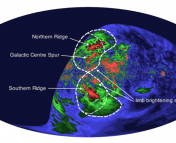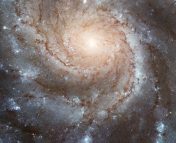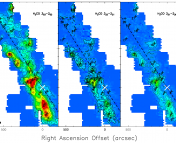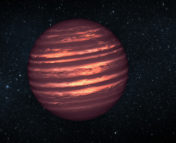The Undergraduate Research series is where we feature the research that you’re doing. If you are an undergraduate that took part in an REU or similar astro research project and would like to share this on Astrobites, please check out our submission page for more details. We would also love to hear about your more general research experience!

Alexander Johnson
Pacific Lutheran University
Alexander is a senior physics major at Pacific Lutheran University, with a minor in Hispanic studies. He performed this research at Green Bank Observatory with his mentor, Will Armentrout. His website is http://slides.com/alexanderjohnson-1.
Star formation at the outer extremities of the Milky Way takes place under conditions much more different from those in the rest of the Galaxy, giving us a window into observing how the process differs in a low-density, low-metallicity region. The recently-discovered Outer Scutum-Centaurus (OSC) spiral arm is the most distant known arm comprised of molecular gas in the Milky Way, lying about 15 kpc from the center of the Galaxy and warping up to 4 degrees above the Galactic plane at its peak.
In this study, we use the VLA radio telescope array to observe 12 HII regions in the OSC, all of which had no previously existing continuum data. HII regions are areas of ionized hydrogen around massive stars and are the brightest objects in the radio spectrum across the Milky Way. The observational clarity of HII regions in the OSC makes them perfect laboratories to study star formation in the outer Galaxy, as they represent the most distant known high-mass star formation regions in the Milky Way and give us an excellent laboratory for studying those processes in a low-density, low-metallicity environment.
Our data let us identify radio continuum data for 7 HII regions in the OSC, as well as establish upper limits for the observational noise, associated with the other 5 observed nondetections. Figure 1 shows one of our clearest detections, with a typical morphology and high brightness in both the infrared and radio spectra. By assuming a single ionizing star for each region, we assign spectral types from O9 to O5.5 to these sources. Combined with existing data, we identify a total of 12 HII regions in the OSC Arm with continuum and spectral data. Further research would involve re-observing our nondetections for longer periods in order to identify data for what are likely B-type rather than O-type ionizing sources. Obtaining meaningful data for those nondetections would allow us to classify more stars powering HII regions in the region and thereby increase the amount of information we can glean about star formation in the extreme conditions of the OSC. New data would also allow us to see the star-forming processes for lower-mass stars, potentially revealing new information about how O-type and B-type stars form differently in the same unique environment.
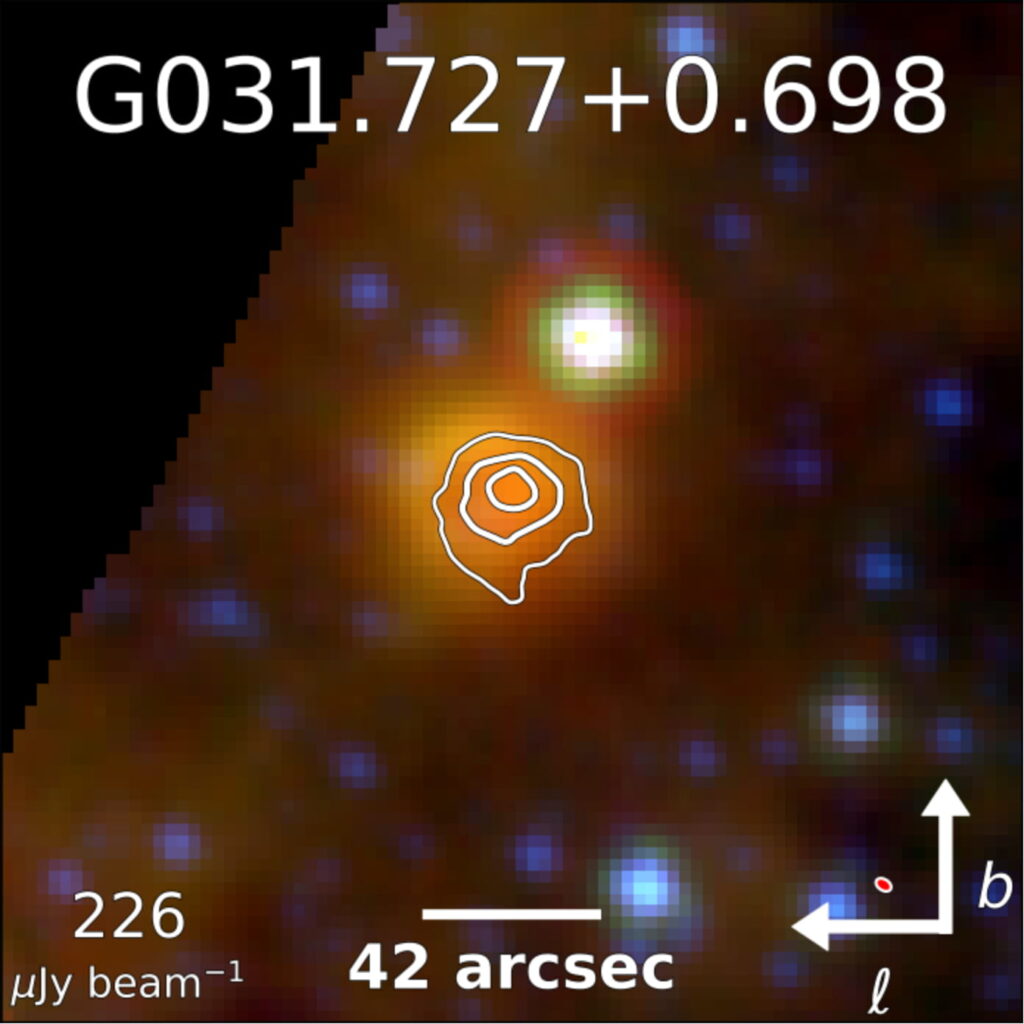
Astrobite edited by: Jamie Sullivan

